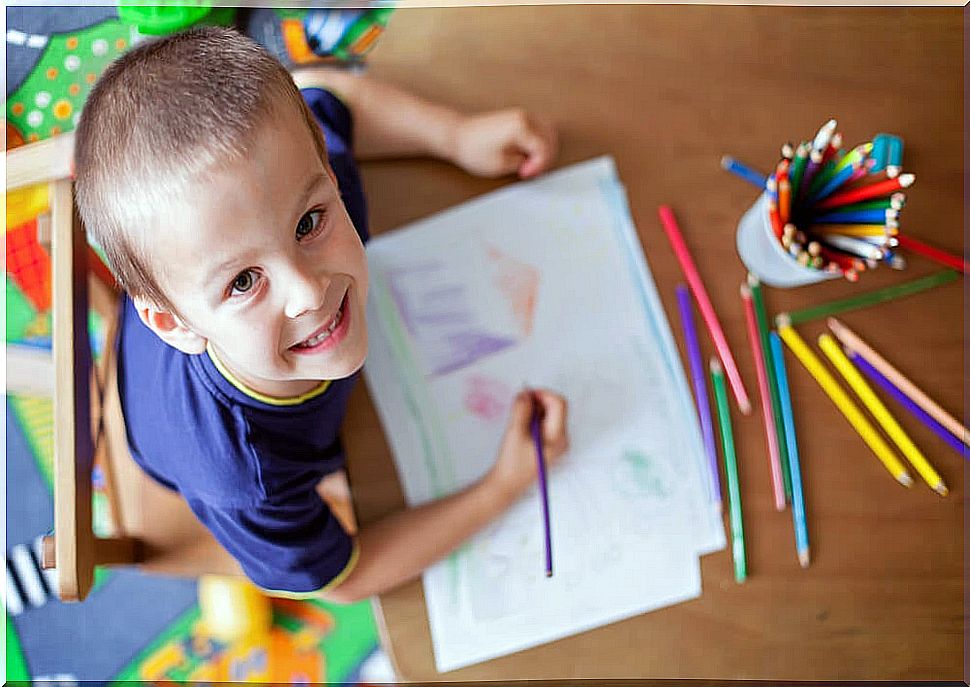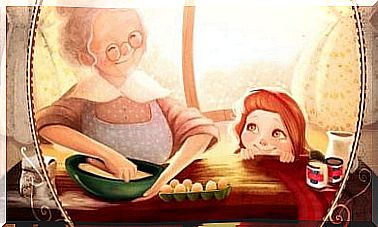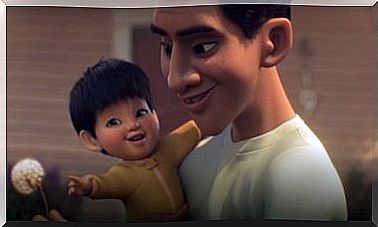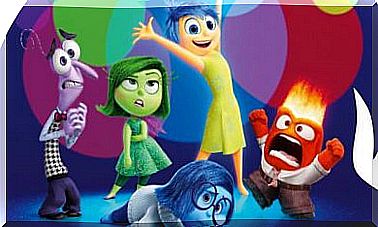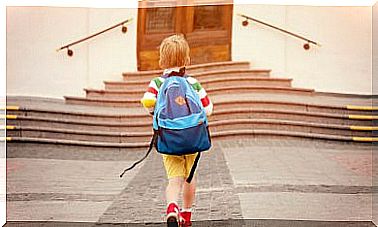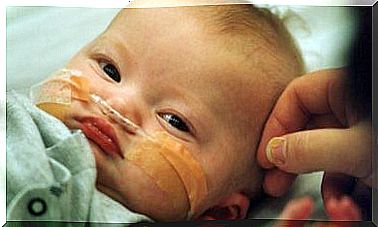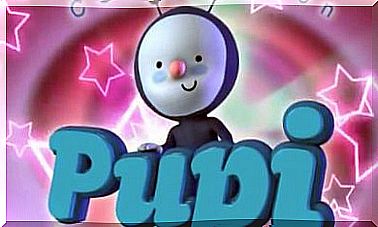How To Analyze Children’s Drawings According To The Colors They Use
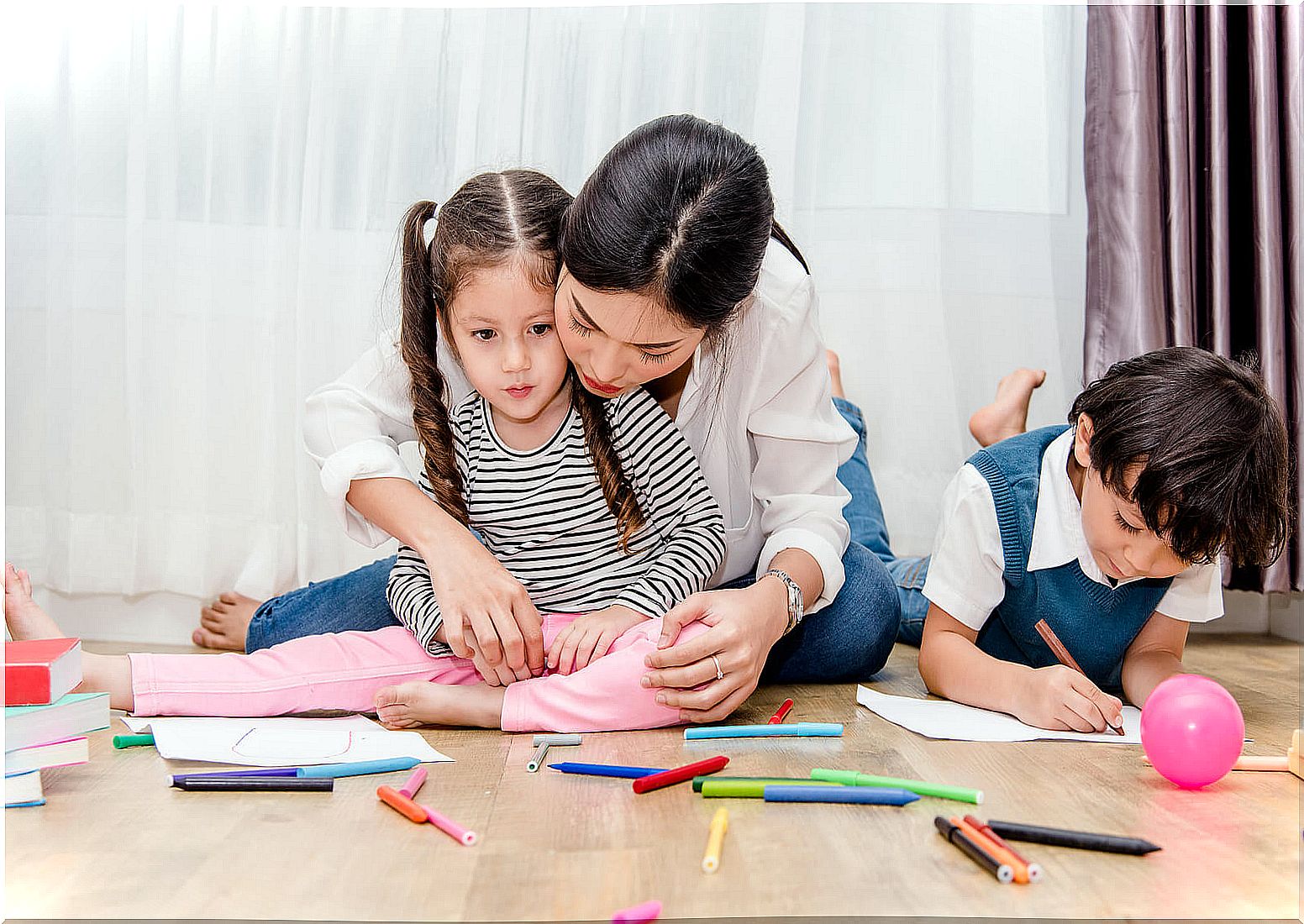
Children’s drawings can tell a lot about their personality, their relationship with the environment and their emotional management. Here we will be able to know how to analyze children’s drawings according to the colors they use. Although parents can draw some conclusions, the interpretations of the drawings are always convenient for a professional to make.
It is important that, to interpret the children’s drawings, we pay attention to all the details, since all of them are telling us things about their personality. We must pay attention to the position, the size, the ornamental details of the drawing, the pressure of the pencils when drawing and even the lines, but what can give us more information about their emotional development will be the colors that the child uses when painting..
Do you want to know what the colors that predominate in your child’s drawings mean and what can they say about their personality? Continue reading.
Things to keep in mind to analyze children’s drawings according to colors
Before starting to see what meaning each color has in children’s drawings, we are going to see some aspects that must be considered in order to make a correct interpretation.

Take into account, in addition to the colors, other aspects
When we analyze the drawing of a child, we have to contemplate the drawing globally, with all its details, age of the child, forms of the line, intensity of the line, how it is located on the paper, position, etc.
It is not an exact method and there may be errors in the assessment
Despite this, these techniques are very useful, especially in children, since they are simple and can be fun for them. With them we can detect if the little ones have some problems, while in another way, surely, we could not do it; it is very difficult for children to verbally express what they feel.
The hypotheses made by child psychologists always have to be verified with another more structured evaluation, but the drawing will always be a very necessary complement to a global psychological evaluation of the child.
Color characteristics vary according to shades
Colors that tend more towards a pastel hue or applied in a soft way indicate that we are facing a calmer and more emotional character. While the brighter or more marked colors are related to more intense feelings, which can be negative (aggressiveness) or positive (love).
To analyze children’s drawings, it is important to see if you use colors in an ideal way
That is, if the child uses colors as he sees it in reality ; this occurs from the age of 7. If a child paints a yellow sun or a green meadow, we can analyze them according to the color, but if the little one paints the sun green, we have to take into account the reason why he has made that change with respect to the corresponding color of the drawing. It may be for drawing attention, transgression of the rules, creativity, impulsiveness … It should be analyzed.
Analyze children’s drawings according to colors
Now that we know some of the things to take into account, we can have an afternoon of painting with our son, to see if with his drawings we are able to get to know him a little more. Go for it? Remember that it is important that, to analyze, we look if there is a predominant color in its creation.
Blue
Blue gives a feeling of calm, balance, tranquility. Introverted and shy children use this color predominantly in their drawings. You can also tell us that he is a thoughtful and sensitive child. An excess of blue color or intensity may be telling us that there is a problem of enuresis.
rose
Although it seems to all of us that the color pink is exclusive to girls, this is not the case. Both boys and girls can use color equally and it indicates that we are facing very imaginative dreaming infants. On some occasion it may indicate that the child has a need to flee from his reality or great creativity.
Green
Like the color blue, it denotes that it is a calm and sensitive child. If you use this color in elements that are not green, it tells us that there may be a certain presence of misfit and rebellion.
Orange
A predominance of this color indicates that we are facing a very sociable child who likes to be in contact with other people, very active and impulsive, who can even have problems when concentrating on a certain task.
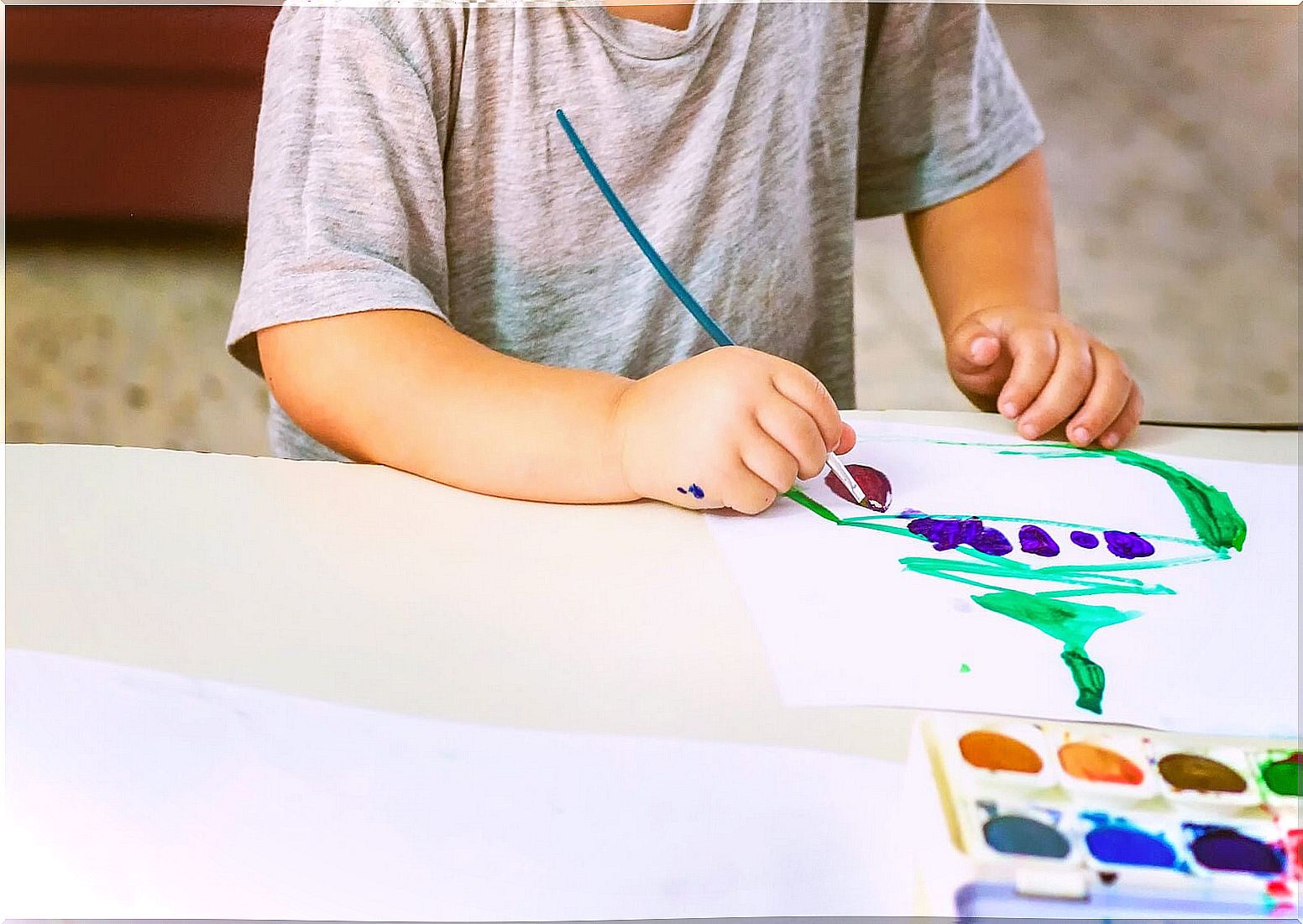
Black
Although black gives us a feeling of sadness to adults, in this case, it indicates power and elegance. Children who use this color are perfectionists, although they can also be somewhat introverted and distant with others.
Brown
This is the color that prudent and responsible children use the most. If this is used in excess, we have to make sure that the little one is not missing things from his childhood due to an excess of responsibility.
Yellow
Yellow is a color that tells us that he is a very sociable, cheerful and vital child. If its use is excessive, it can indicate the presence of tensions and emotional problems.
Red
It is a color widely used by children, most likely due to its intense tone. If you use it in a moderate way, it indicates that it is a child with a lot of energy and passion, although, if there is an excess in its use, it would indicate that there may be problems of aggressiveness, lack of balance and hostility.
purple
This is a color related to melancholy, so an excessive use would be indicating that there may be a certain vital dissatisfaction of the child that we must stop as soon as possible.
On how to analyze children’s drawings according to colors
As you have seen, analyzing children’s drawings according to colors can tell us a lot about their emotional world, their personality and whether they may be going through a problem that we have to solve as soon as possible.
But this information that we can obtain only helps us to orient ourselves and learn more about our child, it never replaces a professional psychologist. This will be the one who makes a more exhaustive analysis of the child and the one who will tell us whether or not there is a problem. But in the meantime, let’s paint!
